使用OpenAi的食品识别和营养估算
来源:dev.to
时间:2025-02-11 20:19:00 155浏览 收藏
大家好,今天本人给大家带来文章《使用OpenAi的食品识别和营养估算》,文中内容主要涉及到,如果你对文章方面的知识点感兴趣,那就请各位朋友继续看下去吧~希望能真正帮到你们,谢谢!
这是您可以在短短20分钟内使用openai构建简单的食物识别和营养估算应用程序的方法 它的工作原理
>图像编码:图像被转换为base64格式,以通过openai的api处理。>食物识别提示:该应用将图像发送到openai,以识别食物及其各自的数量。
营养估计:使用另一个提示来估计基于确定的食品及其数量的营养价值。> 显示结果:使用gradio显示出估计的卡路里,蛋白质,脂肪和碳水化合物的值。
>
这是一个非常简单的代码,可以改进/更好地组织起来,但是想法是说明它可以轻松地创建一个简单的poc。 如果您正在从事有趣的项目,请在上与我联系
from openai import OpenAI
from pydantic import BaseModel
import base64
from typing import List
import gradio as gr
def encode_image(image_path):
with open(image_path, "rb") as image_file:
return base64.b64encode(image_file.read()).decode('utf-8')
openai_api_key = "key"
client = OpenAI(api_key=openai_api_key)
"""pydantic models to record food items and nutrient information,
not necessary but helpful if you intend to create apis
or use the data in other ways.
"""
class Food(BaseModel):
name: str
quantity: str
class Items(BaseModel):
items: List[Food]
class Nutrient(BaseModel):
steps: List[str]
reasons: str
kcal: str
fat: str
proteins: str
carbohydrates: str
def recognize_items(image):
"""This function takes an image and returns a list of recognized food items along with their count and the nutrition.
"""
#first recognize items and quantities
messages = [
{
"role": "user",
"content": [
{
"type": "text",
"text": f"You are an expert in recognising individual food items and their quantity. Give count(number) for countable items and an estimate for liquid/mixed or non countable items. For example if you have one burger,two pastries, 2 pav, bhaji and dal in an image, you return burger,pastry,pav, bhaji and dal along with the count or estimates without any duplicates. For non countable items give an estimate in grams while explaining like 'looks 1 teaspoon of sauce, so around 5-8 grams' or 'looks 1 serving of bhaji, so around 150-200gms'. Given the image below, recognise food items with their quantity.",
}
],
}
]
base64_image = encode_image(image)
dic = {
"type": "image_url",
"image_url": {
"url": f"data:image/jpeg;base64,{base64_image}",
"detail": "low"
},
}
messages[0]["content"].append(dic)
response = client.beta.chat.completions.parse(
model="gpt-4o-mini",
messages=messages,
response_format=Items,
max_tokens=300,
temperature=0.1
)
foods = response.choices[0].message.parsed
res = ""
for food in foods.items:
res=res+food.name+ " "+food.quantity+"\n"
#now estimate nutrition, we can use a separate model for this task
messages = [
{
"role": "user",
"content": [
{
"type": "text",
"text": f"You are an expert in estimating information regarding nutririon given the food items and thier quantities. Think step by step considering the given food items and their quantities, and give an estimated range(lowest - highest) of kcal, range(lowest - highest) of fat, range of proteins(lowest - highest) and carbohydrates(lowest - highest). Ignore contributions from minor items. Ensure your estimations are solely based on the provided quantities. Return steps,reasons and estimations if this food was consumed. \n\nfood and quantity consumed by user: {res} \n\n.",
}
],
}
]
dic = {
"type": "image_url",
"image_url": {
"url": f"data:image/jpeg;base64,{base64_image}",
"detail": "low"
},
}
messages[0]["content"].append(dic)
response = client.beta.chat.completions.parse(
model="gpt-4o-mini",
messages=messages,
response_format=Nutrient,
max_tokens=500,
temperature=0.1
)
nuts = response.choices[0].message.parsed
steps = " ".join(nuts.steps)
res=res+"\n"+steps+"\n\ncalories: "+nuts.kcal+" \nfats: "+nuts.fat+" \nproteins: "+nuts.proteins+" \ncarbohydrates: "+nuts.carbohydrates+"\n"+nuts.reasons+"\n"+"*These are estimations based on image. They might not be perfect or accurate. Please calculate based on the food you consume for a more precise estimate."
return res
with gr.Blocks() as demo:
foods=None
with gr.Row():
image_input = gr.Image(label="Upload Image",height=300,width=300,type="filepath")
with gr.Row() as but_row:
submit_btn = gr.Button("Detect food and quantity")
with gr.Row() as text_responses_row:
text_response_1 = gr.Textbox(label="Detected food and quantity",scale=1)
submit_btn.click(
recognize_items,
inputs=[image_input],
outputs=[text_response_1]
)
if __name__ == "__main__":
demo.launch()
好了,本文到此结束,带大家了解了《使用OpenAi的食品识别和营养估算》,希望本文对你有所帮助!关注golang学习网公众号,给大家分享更多文章知识!
声明:本文转载于:dev.to 如有侵犯,请联系study_golang@163.com删除
相关阅读
更多>
-
501 收藏
-
501 收藏
-
501 收藏
-
501 收藏
-
501 收藏
最新阅读
更多>
-
311 收藏
-
302 收藏
-
395 收藏
-
289 收藏
-
348 收藏
-
204 收藏
-
385 收藏
-
330 收藏
-
356 收藏
-
174 收藏
-
211 收藏
-
372 收藏
课程推荐
更多>
-
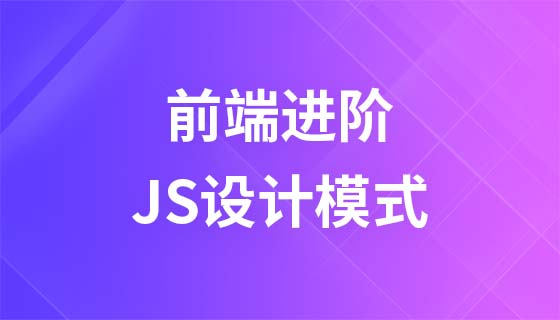
- 前端进阶之JavaScript设计模式
- 设计模式是开发人员在软件开发过程中面临一般问题时的解决方案,代表了最佳的实践。本课程的主打内容包括JS常见设计模式以及具体应用场景,打造一站式知识长龙服务,适合有JS基础的同学学习。
- 立即学习 543次学习
-
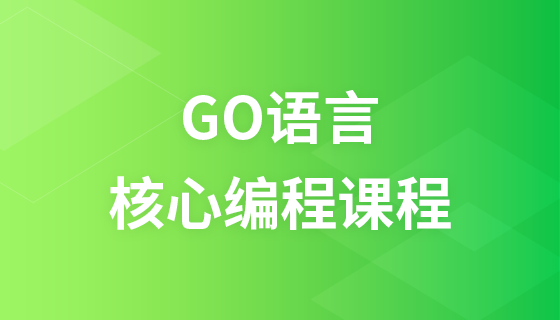
- GO语言核心编程课程
- 本课程采用真实案例,全面具体可落地,从理论到实践,一步一步将GO核心编程技术、编程思想、底层实现融会贯通,使学习者贴近时代脉搏,做IT互联网时代的弄潮儿。
- 立即学习 516次学习
-
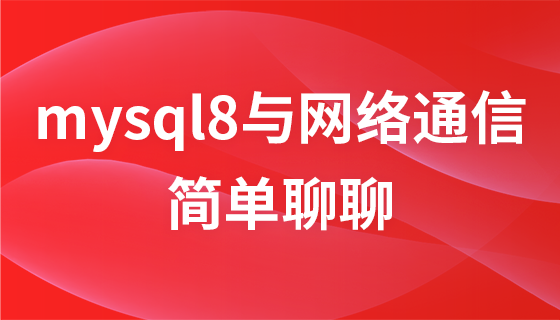
- 简单聊聊mysql8与网络通信
- 如有问题加微信:Le-studyg;在课程中,我们将首先介绍MySQL8的新特性,包括性能优化、安全增强、新数据类型等,帮助学生快速熟悉MySQL8的最新功能。接着,我们将深入解析MySQL的网络通信机制,包括协议、连接管理、数据传输等,让
- 立即学习 500次学习
-
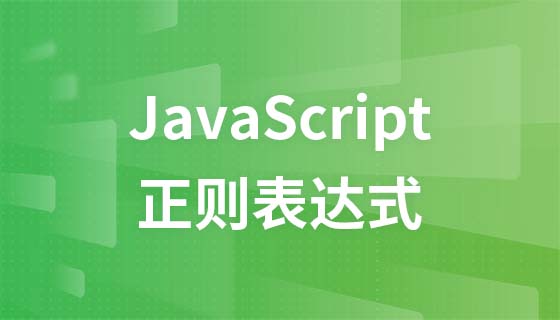
- JavaScript正则表达式基础与实战
- 在任何一门编程语言中,正则表达式,都是一项重要的知识,它提供了高效的字符串匹配与捕获机制,可以极大的简化程序设计。
- 立即学习 487次学习
-
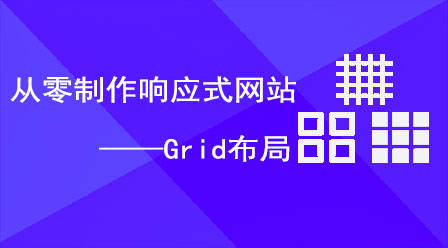
- 从零制作响应式网站—Grid布局
- 本系列教程将展示从零制作一个假想的网络科技公司官网,分为导航,轮播,关于我们,成功案例,服务流程,团队介绍,数据部分,公司动态,底部信息等内容区块。网站整体采用CSSGrid布局,支持响应式,有流畅过渡和展现动画。
- 立即学习 485次学习
